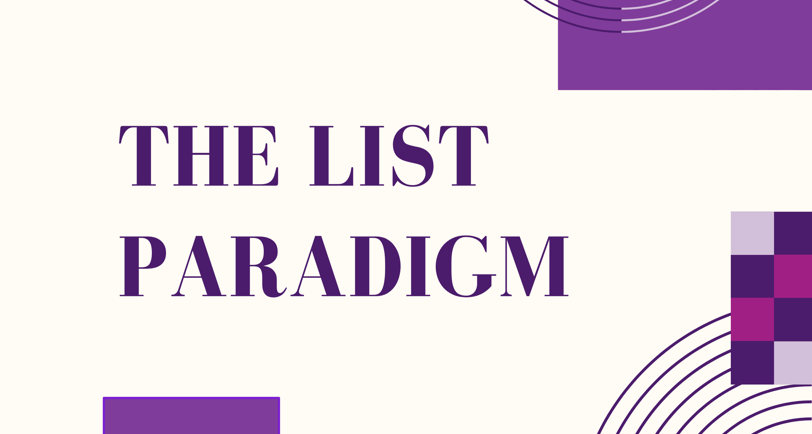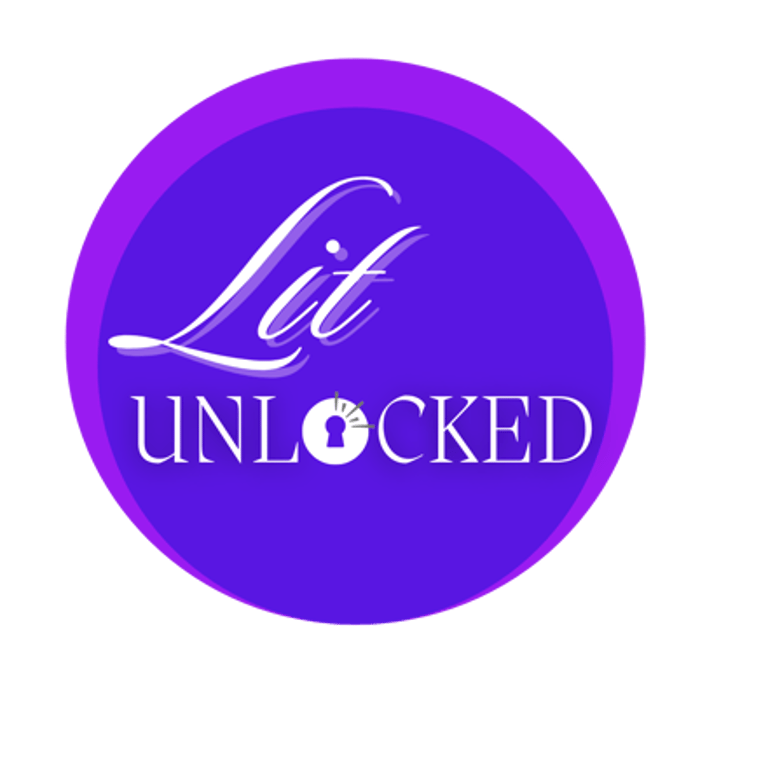The LIST Paradigm: A Guided Approach to Culturally Responsive Reading
Durthy introduces the LIST Paradigm, a guided approach to culturally responsive reading. This method breaks down literature through four keys to culture: Language, Identity, Space, and Time, offering you a roadmap to navigate and appreciate diverse texts. Inspired by James Baldwin’s insights on art and questioning, the LIST Paradigm equips you with targeted questions to uncover deeper meanings and enrich your reading experience. Dive into a new world of literature with confidence and clarity today!
1/5/20252 min read


How often have you denied yourself the pleasure of diving into a new novel because you felt intimidated by its structure, strange characters, and unfamiliar cultural references? Did you ever wish for a literary road map to guide you through the maze, highlighting important “landmarks” along the way?
Welcome to the LIST Paradigm, a guided approach to culturally responsive reading that helps you unlock the power of literature with four keys to culture: Language, Identity, Space, and Time.
If so, your wish has been granted!
Drawing on James Baldwin’s observation that “The purpose of all art is to lay bare the questions which have been hidden by the answers,” the LIST Paradigm invites you to access and analyze a text by asking significant questions. Each question leads to more specific questions concerning each LIST component. Consequently, the LIST Paradigm guides you through the reading process by providing you with a series of questions that you can apply to virtually any text.
SPACE: “How do characters navigate the text’s physical, psychological, and cultural landscapes?”
What is the physical setting for the text? The psychological setting?
Do characters enjoy the freedom to explore their space, or are they confined or trapped in some way? If so, what defines their entrapment? How do they cope with it?
Are characters marginalized, or are they part of the mainstream of the fictional community?
IDENTITY: “Who are these people and what do they want?”
Who is the author? The narrator(s)? The protagonist? The antagonist? What is their worldview?
What do the names of characters reveal about their racial and/or ethnic identity?
How do characters see themselves (as heroes, victims, villains, outsiders)
LANGUAGE: “How does the author contextualize linguistic signs and symbols?”
How does the author’s use of language (the language of music, violence, protest, etc.) establish the narrative’s worldview? What beliefs and values define it?
What does language use reveal about a character’s culture and identity?
Does the author employ literary or historical allusions? Cultural metaphors? Code switching? Color or number symbolism? Satire? Parody? Irony? To what end?
TIME: “How does the author manipulate time?”
What is the author’s perspective of “history”?
How does the author’s manipulation of real time and narrative time impact the portrayal of significant events?
What rhetorical devices (e.g., flashbacks, foreshadowing) does the author use to expand or compress time??
By combining aspects of literary analysis (exploring the elements of fiction, such as plot, setting, and character) and literary criticism (analyzing works from various perspectives, such as historical, psychological, and archetypal), the LIST Paradigm can help you cultivate an awareness of language, literary style, and narrative structure that can dramatically enhance your reading experience.
